During May 2019 a small group of Australians ‘braved’ cyclones and visa-issues to attend a wildlife tour, crossing the small nation of Bhutan from east to west…..please enjoy the following contributions from the visitors and hosts who made it all possible…..
During early-2019 I had planned a trip to Assam with an enthusiastic Indian birder-friend but this was postponed due to unforeseen events at home, so I decided to contact my good friend Norbu at Off to Bhutan Travel and enquired into the possibility of doing a third trip to Bhutan. Unfortunately all of his organised expeditions were ‘fully-booked’ but he told me that he could put on a trip in May if we could meet his team in Guwahati, India, then make our way by road to the south-eastern border with Bhutan, enter the country then travel from east to west birding en-route. He already had three other Australian birders who were interested to join us.
One of the ‘downsides’ to this arrangement was the need to obtain the correct visa documentation to enter India and unfortunately Richard, Linda and myself made the mistake of assuming that we would need a ‘transit-visa’ as we only planned to be in India for a maximum of three days. (There was no issue with visas for Bhutan as this was all organised in advance, by Norbu in Thimphu) Obtaining the Indian visa turned out to be a ‘torturous’ experience and required two ‘trying’ visits to a commercial visa operation in Wickham Terrace Brisbane. Later we found (from the other participants) that we could have obtained a viable ‘e-visa’ more expensively but much less painfully.

In the week before we had planned to leave Brisbane for Bangkok to begin the trip Richard and Linda Noske and myself had noticed that a large cyclone (Fani) was developing in the Bay of Bengal and we became increasingly concerned of the effects that could have on our visit so we contacted the other ‘participants’, rang Norbu and came very close to cancelling but decided to continue the preparation. However on our final-day in Brisbane (Friday) I noticed (on a website) that the authorities in Kolkata were about to close the airport….we were due to change flights there, so we called Air India and to our amazement they hadn’t heard about this and told us we would be OK to continue as planned! Finally we convinced them to re-route our flight via New Delhi (at considerable cost) and left Brisbane for Bangkok. We ‘overnighted’ near Bangkok Airport and early on Saturday morning took our Air India flight to Guwahati noting that Cyclone Fani was now almost directly over Kolkata and the airport there was indeed, closed. Arriving at the customs-counter at Delhi Airport was almost another ‘disaster’ as I handed my passport over and the official asked what country I wanted to enter? He noted that I had a previous China visa-page open. Fortunately he had a good sense-of-humour and allowed my entry and we took the domestic-flight to Guwahati. This flight was fairly comfortable until we began our descent to land and ‘entered’ the tail-end of Cyclone Fani’s path….I’m not usually a very ‘religious’ person but appealed to a ‘higher-authority’ when the aircraft started to be buffeted by cross-winds. Eventually however, the plane came to a standstill and Linda initiated a huge ’round-of-applause’ for the aircraft’s skipper. We were picked up by transport from the Brahmaputra Jungle Resort (where we had organised a two-night stay) but the hour and a half drive through a ‘tempest’ was almost another experience again!
The next day was still a bit wet initially, but a welcome change from all the previous evening’s excitement and Richard and I checked out the forest birdlife of the resort, recording approximately 30 species. [ebird list 1| ebird list 2]
As it was Linda’s birthday she organised a car to take us to the nearby Pobitora Wildlife Sanctuary which is well known site for Greater One-Horned Rhino (Rhinoceros unicornis)
This was an excellent idea, although there was some uncertainty whether we would go ahead with a ‘jeep-ride’ as the area was still somewhat flooded, however this was overcome after lunch and we spent the afternoon in a wonderful ‘bird-filled’ area, recording nearly 60 species. The ‘highlight’ for me was an incredibly ‘tame’ Grey-headed Fish Eagle (Icthyophaga ichthyaetus), which allowed the vehicle to approach within 20 metres, but there are also very few places where you can see 35+ Indian Rhinos in one session! [ebirdlist]
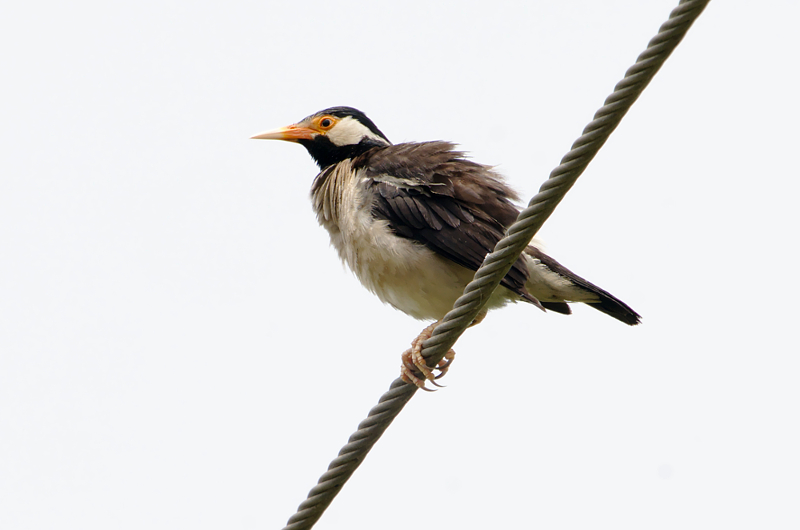
Asian Pied Starling (Gracupica contra) 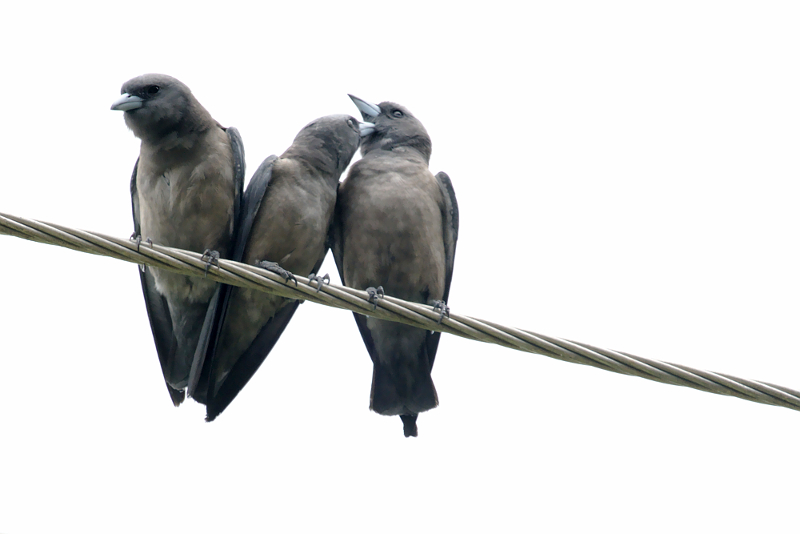
Ashy Woodswallow (Artamus fuscus) 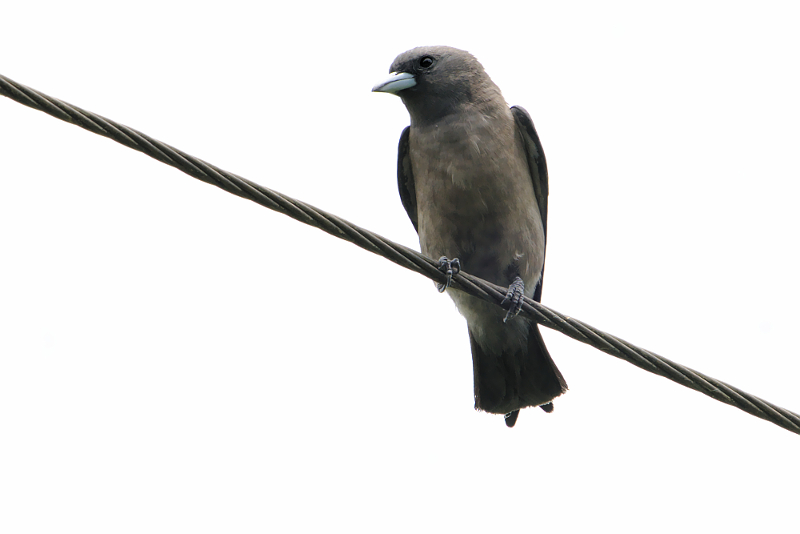
Ashy Woodswallow (Artamus fuscus) 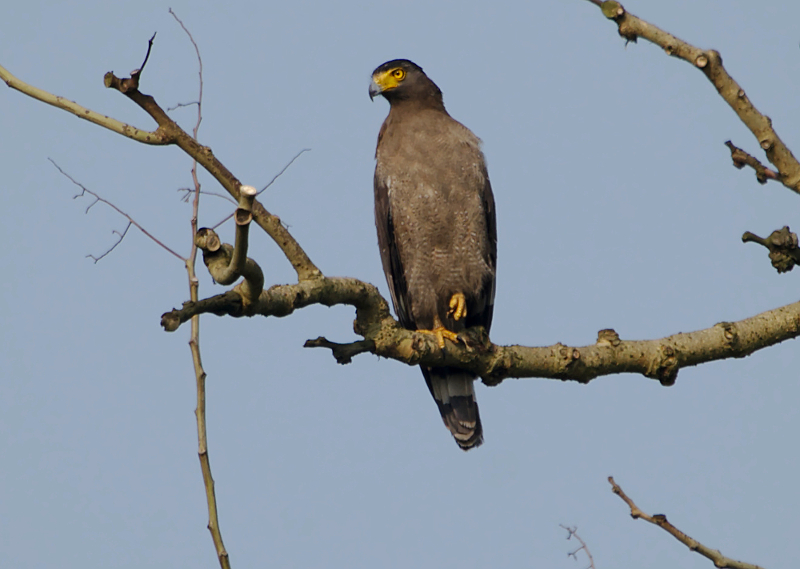
Crested Serpent Eagle (Spilornis cheela) 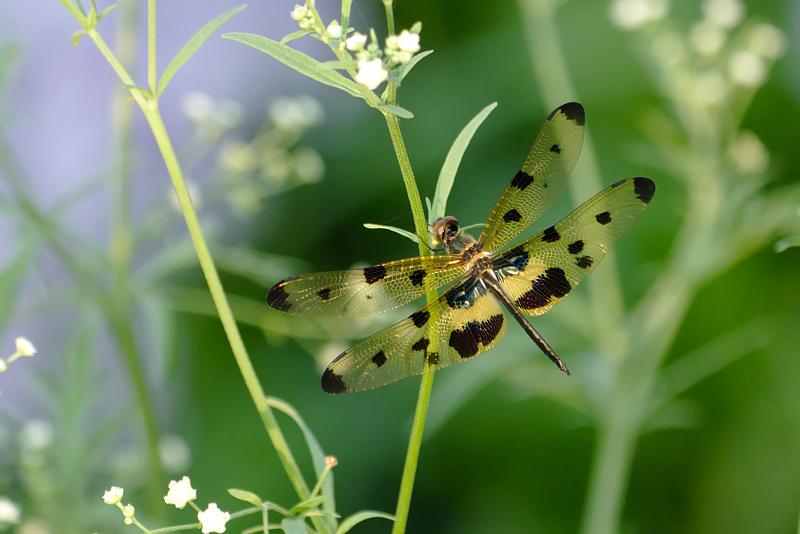
Dragonfly sp 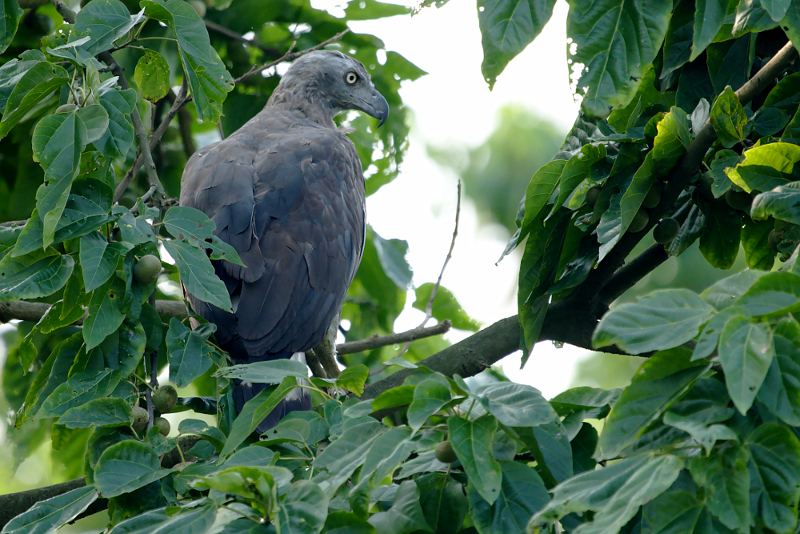
Grey-headed Fish Eagle (Icthyophaga ichthyaetus) 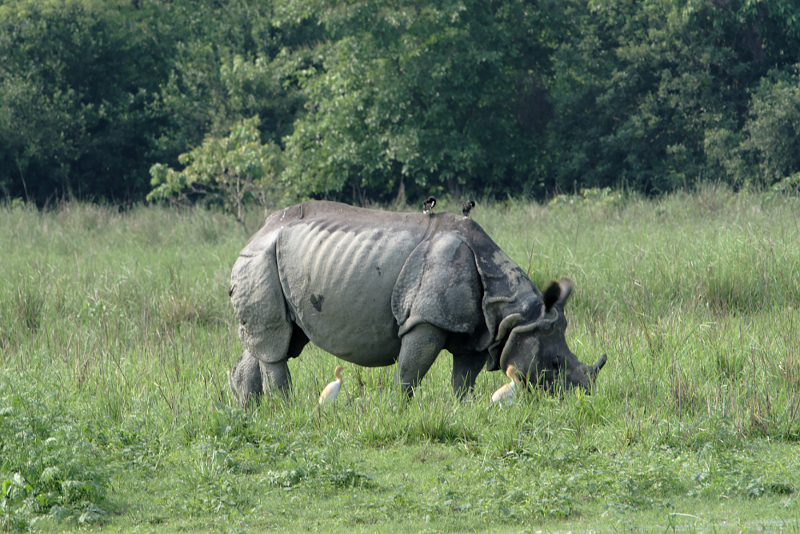
Greater One-horned Rhino 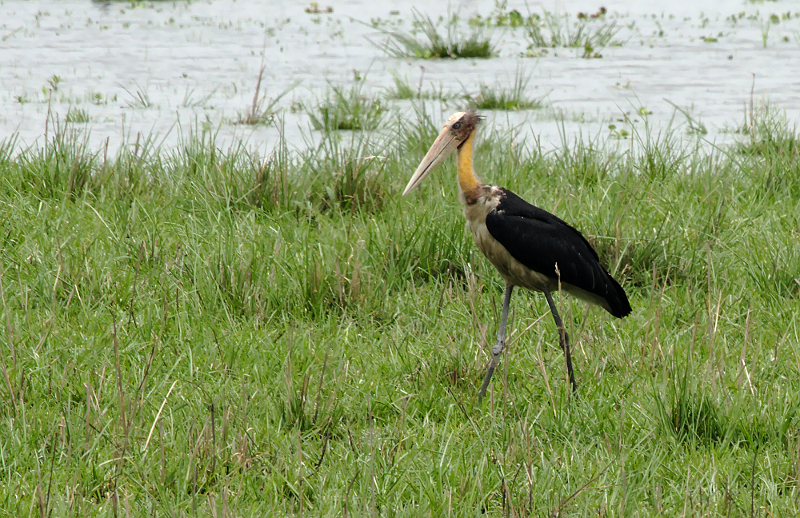
Lesser Adjutant (Leptoptilos javanicus) 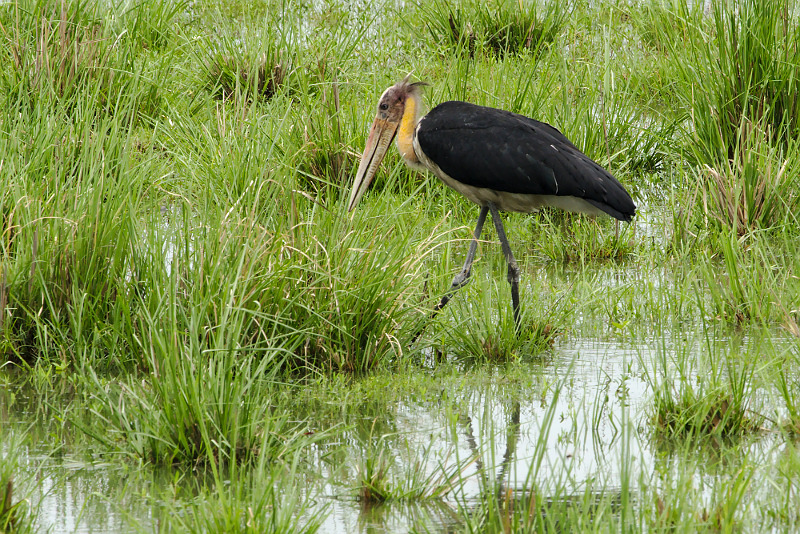
Lesser Adjutant (Leptoptilos javanicus) 
Greater One-horned Rhino
After Linda’s very fun surprise assamese-style birthday-party that evening, we woke up on Monday and awaited the arrival of Norbu’s transport to take us to Bhutan.
One bird that I managed to film at the resort was a White-rumped Shama (Copsychus saularis), I was ‘alerted’ to a great call coming from near the main car-park, however I only managed to get audio of this song, he changed his tune after I started filming…
We drove back to Guwahati Airport and met the rest of the ‘crew’….. Norbu, Giles and Nina from Melbourne and Faye from NSW, and continued, but then our driver made a turn-off towards an unexpected-stop, Guwahati Garbage Tip. This is one of the last sites to find the ‘Endangered’ Greater Adjutant (Leptoptilos dubius), it was wonderful to see over 120 of these birds but the combination of awful odours, unsanitary conditions, and child-poverty made it a very ‘mixed’ experience for all of us. [ebirdlist]

Resuming our journey we headed north towards the border town of Samdrup Jongkhar and crossed into Bhutan leaving the flat-plain for the mountains. One of the first species seen was a Blue-eared Barbet (Psilopogon duvaucelli) which was not to be seen again throughout the trip. We spent the first night at the Dungsum Trashiling Hotel. The next day we made our way north to a campsite at Morong where we were introduced to our ‘team’, they had erected a ‘tented-site’ and got a great ‘Bhutanese’ lunch ready, and for the rest of the trip whether we were staying in a hotel or camping they made sure that we had breakfast or lunch throughout the expedition…..very much appreciated guys!

The birding was excellent but weather a bit grey and overcast, so my photography was rather poor, however the other participants got far better results…hopefully we will be able to feature these soon too. We had singing Beautiful Nuthatch (Sitta formosa), Himalayan Cutia (Cutia nipalensis), two Amur Falcon (Falco amurensis) although we ‘dipped’ on the very rare Blyth’s Kingfisher (Alcedo hercules) ebirdlist1 | ebirdlist2

After a night at the Druk Deothjung Resort in Trashigang we made our way towards Mongar and Limethang and near Ngatshang we found a male Ward’s Trogon (Harpactes wardii), surprising easy after the amount of time I’d spent searching for them on previous visits. Before arrival at our next accommodation we found a couple of Black-tailed Crake (Porzana bicolor) and Streaked Spiderhunter (Arachnothera magna) ebirdlist
For the next 3 nights we were going to stay at one of my favourite spots in Bhutan, Trogon Villa, it was great to catch up with my friends Rinzin, and Sherab Dorji who was guiding another group from Hong Kong. Sherab had just returned from Limethang, where he had just found a Tawny Fish-Owl (Ketupa flavipes) however despite searching for two days we failed to find it again, apparently it was ‘suspected’ to have been ‘scared-off’ by a bunch of ‘over-zealous’ bird-photographers. Friday evening turned out very exciting however, when our ‘chef’ called us to let us know that a large owl was calling near his campsite about one kilometer from the Villa. We immediately departed and all ‘ticked-off’ our first Brown Wood Owl (Strix leptogrammica)

Whilst in the Limethang /Yongkhola area we spent more time trying to track down the ‘lost’ Tawny Fish-owl but did have some success whilst returning to the villa with my ‘first’ Chestnut-winged Cuckoo (Clamator coromandus) , as it was from my favourite bird-family I was very keen to film and record ‘audio’ of this bird but wasn’t very successful mainly due to the low-light (…it was dusk) and passing-trucks….. hope the clip and image do not seem too ‘woeful’ to include. Could this be the most ‘monotonous’ bird-call in the world?
At the same time, we were fortunate with a Drongo Cuckoo (Surniculus lugubris) but light was failing so the video is a bit ordinary. The bird in the background calling at the start of the clip is probably a White-crested Laughingthrush (Garrulax lugubris)
Also during our stay at the Trogon Villa, Norbu used his incredible bird-finding skills to show us several of the ‘extreme-skulkers’ such as Long-billed (Rimator malacoptilus) and Rufous-throated Wren-babbler (Spelaeornis caudatus) also Grey-bellied Tesia (Tesia cyaniventer) however despite some great views, I only managed to photograph the former two.
Near Limethang we had great views of a pair of Greater Yellownape (Picus flavinucha), and outside Yongkhola Norbu found the rarely seen Rufous-chinned Laughingthrush (Garrulax rufogularis) and Blyth’s Shrike-babbler (Pteruthius aeralatus) Capped Langur (Trachypithecus pileatus) and Assamese Macacque (Macaca assamensis) were fairly easily seen in the area. Ebird lists S56072216 S56075482 S56082599 S56112324 S56117274 S56192865 S56163154 S56192841
After an exciting three days we move north-eastwards towards Sengor, the foremost place for rare pheasants such as Tragopans in the country. Here we had to stay in ‘tented-accommodation’ as the usual ‘homestay’ was fully-booked for the duration. It was quite cold and rainy, and one of our party ‘regretted’ accepting a ‘hot-water-bottle’, as it decided to empty it’s contents on her bed during the evening. Himalayan Wood Owl (Strix nivicola) called throughout the night but proved as ‘elusive’ as ever to see. We were quite fortunate with the Satyr Tragopans (Tragopan satyra) and saw nearly ‘double-figure’ numbers with a female and young close to the road. Unfortunately I had similar ‘photographic’ issues as I’ve previously mentioned and failed to get much useful media-content. I also saw my first Scaly Thrush (Zoothera dauma) nearby. Ebird List.
From Sengor we made our way over Thrumsengla Pass, passing through vast stands of beautiful coniferous forest, and close to the Pass we came across a pair of Blood Pheasant (Ithaginis cruentatus) feeding on the roadside.
At the Pass, we ‘dipped’ on one of the main ‘targets’ the Fire-tailed Myzornis (which I had seen there 2 years previously) but fortunately managed to get great views of Fire-tailed Sunbird singing from the young conifer-tops.
We spent the evening at Jakar and Richard and I explored a productive swamp next to the hotel, managing to find a pair of Ruddy-breasted Crake (Zapornia fusca) Common Cuckoo (Cuculus canorus) several Eurasian Hoopoe (Upupa epops) and Grey-backed Shrike (Lanius tephronotus) Ebird List


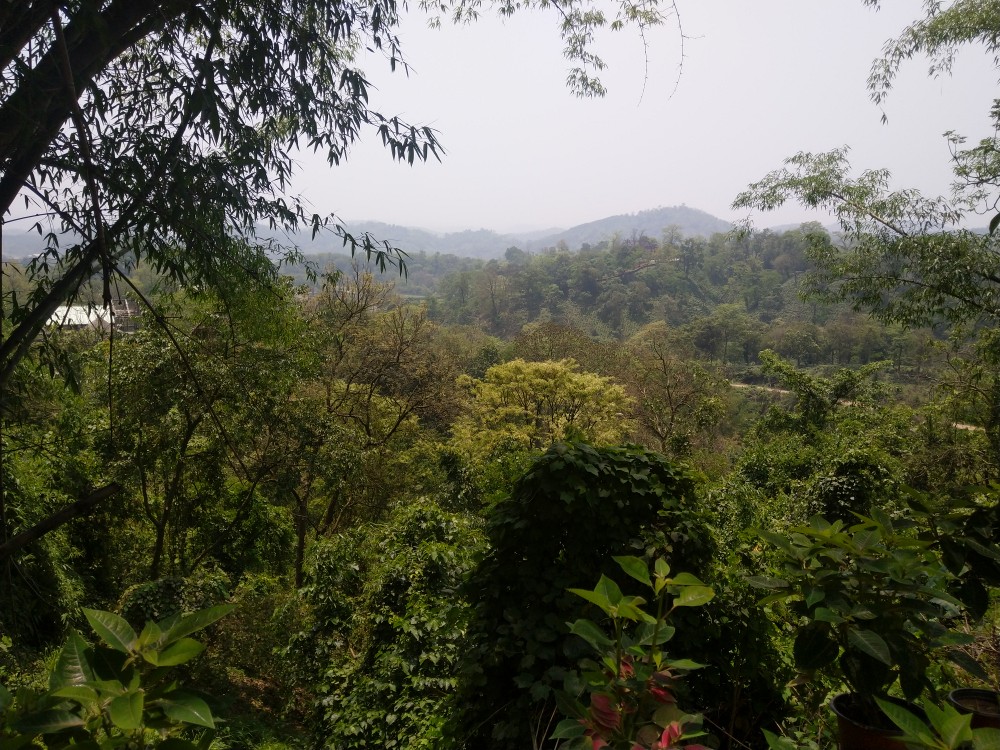




















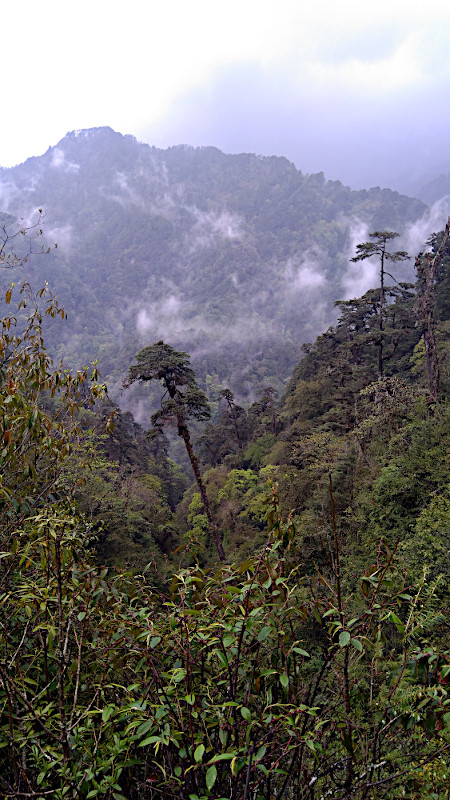










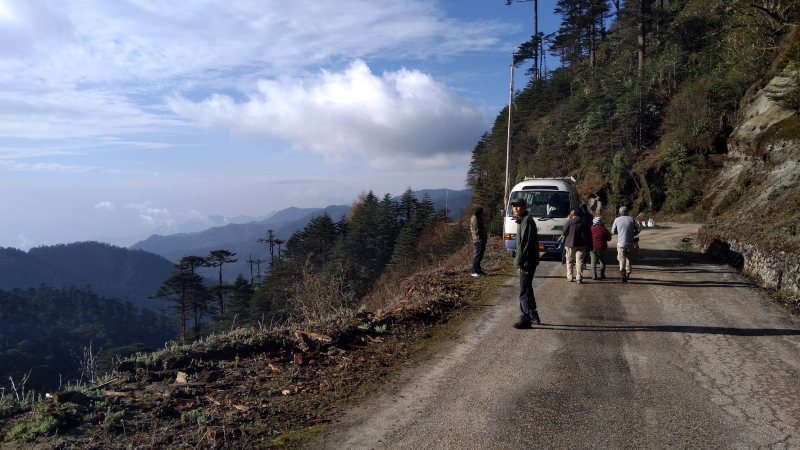

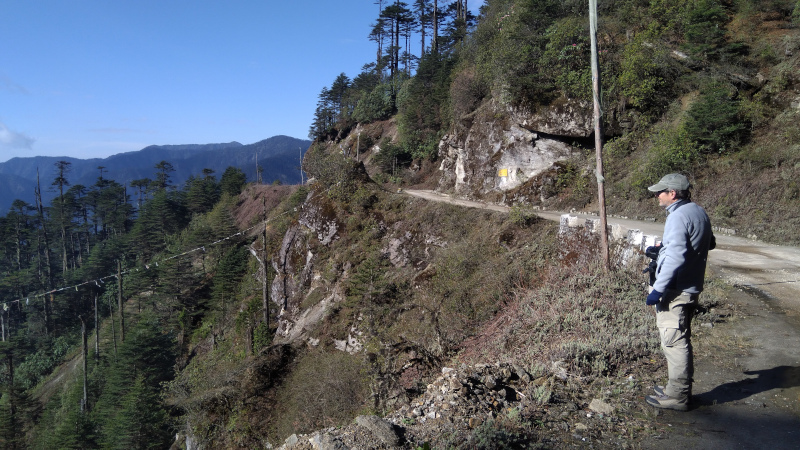

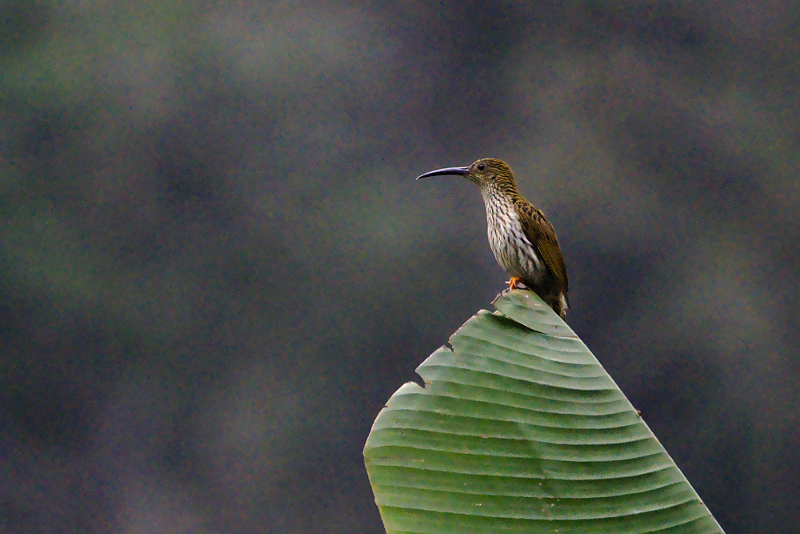
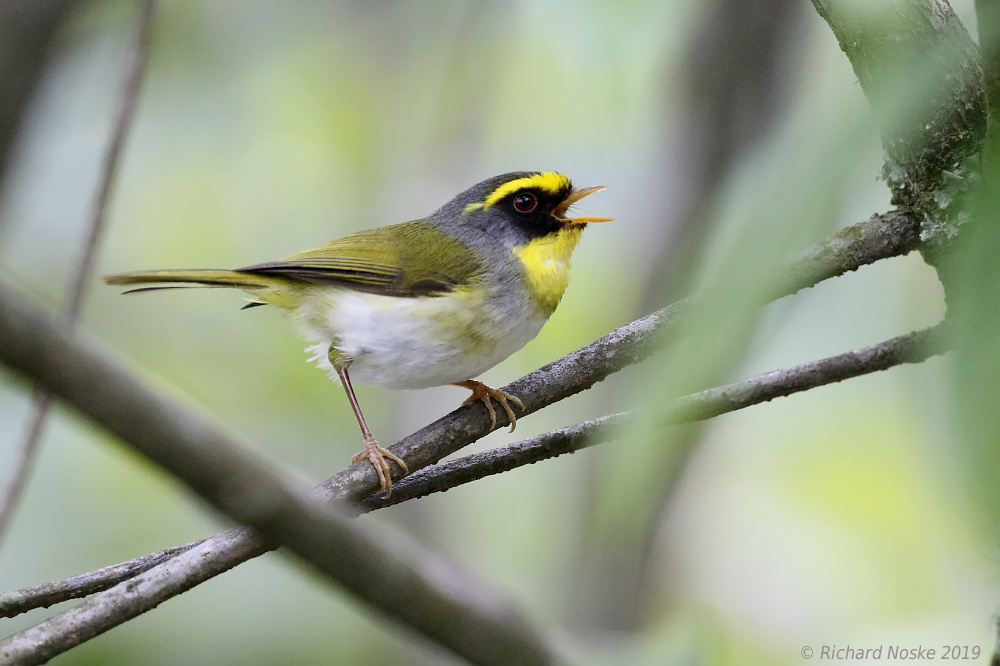
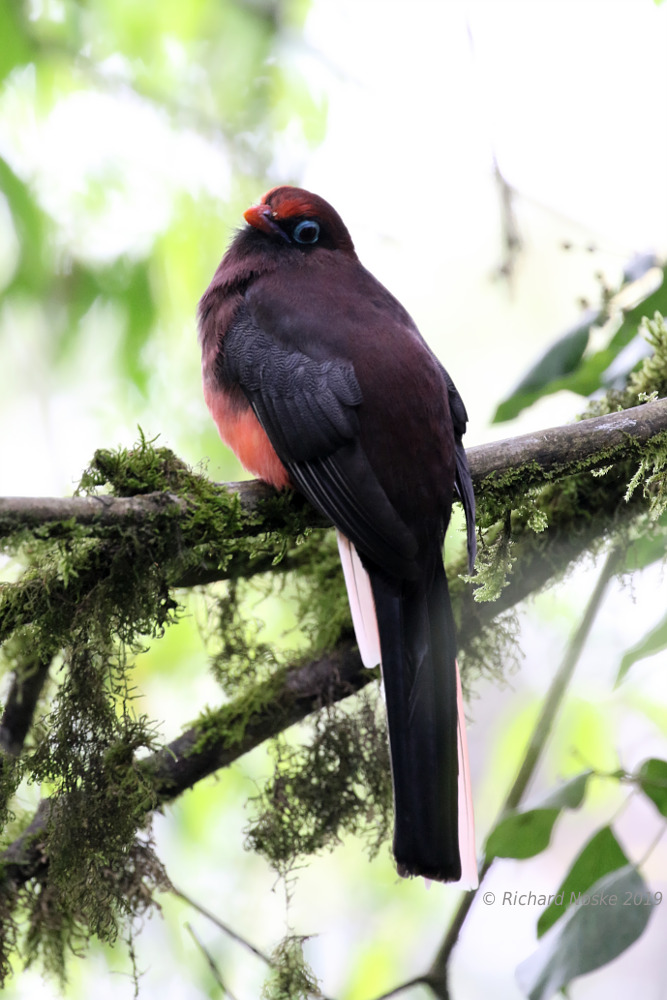
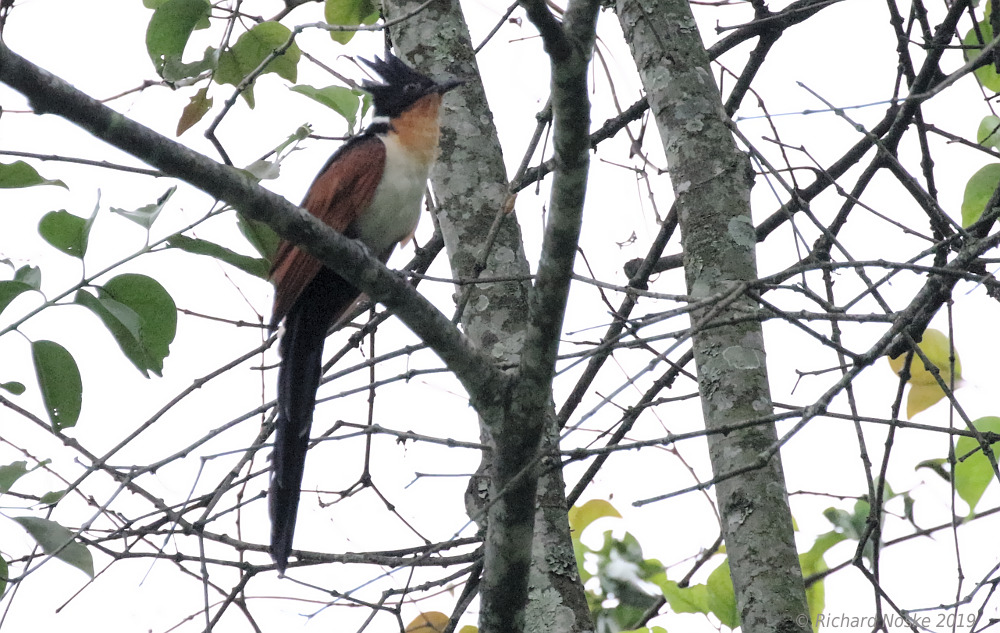
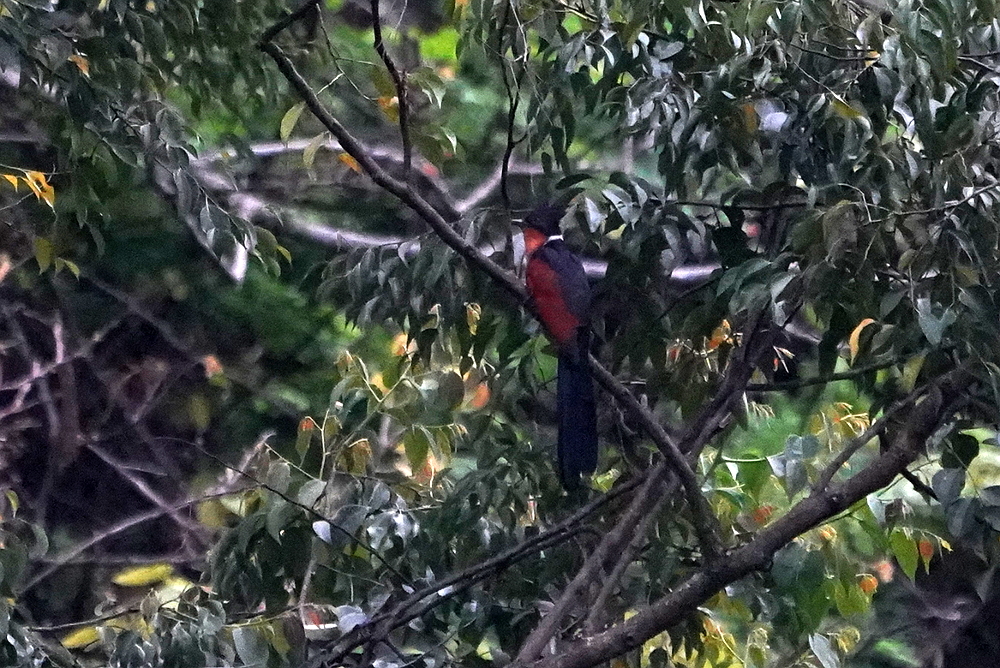
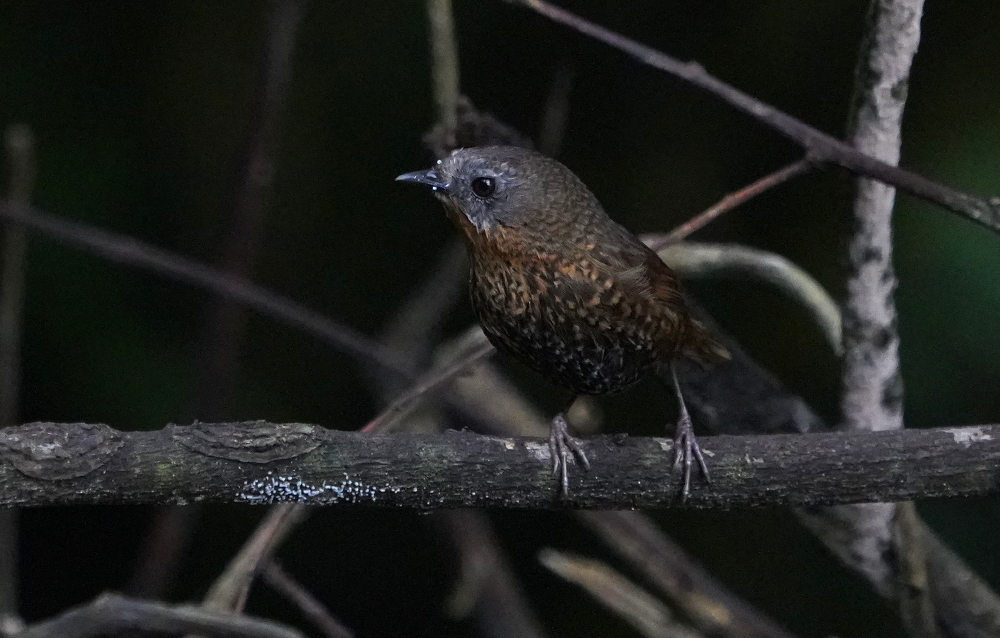
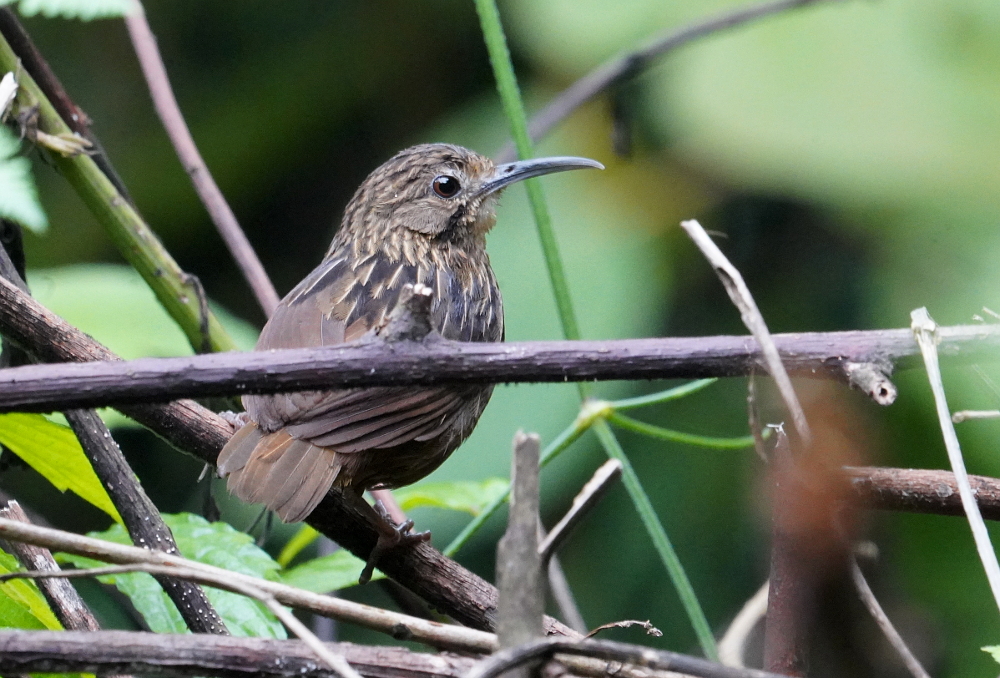
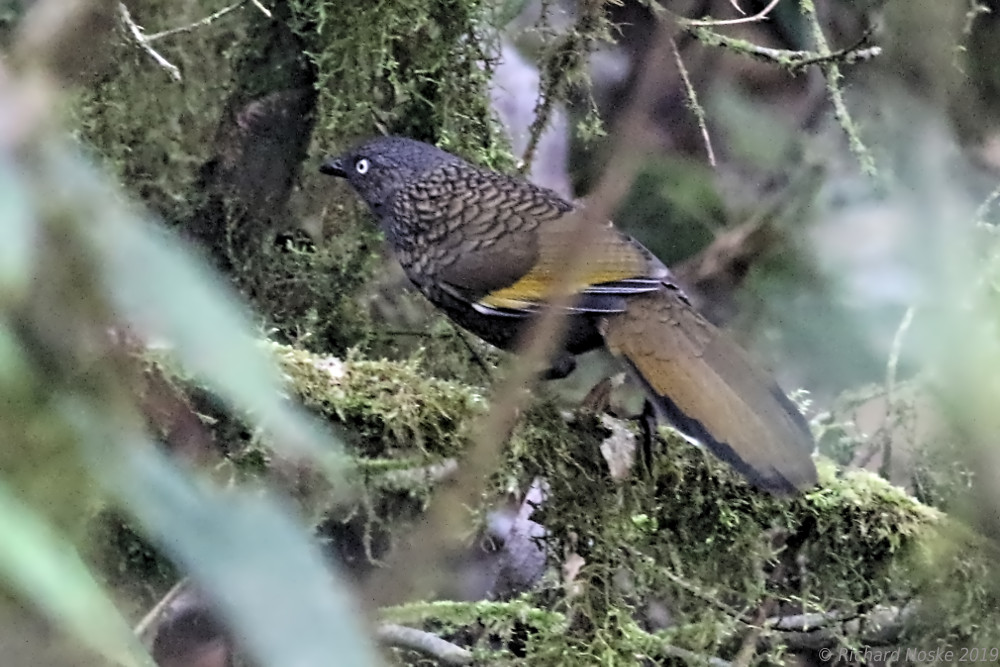
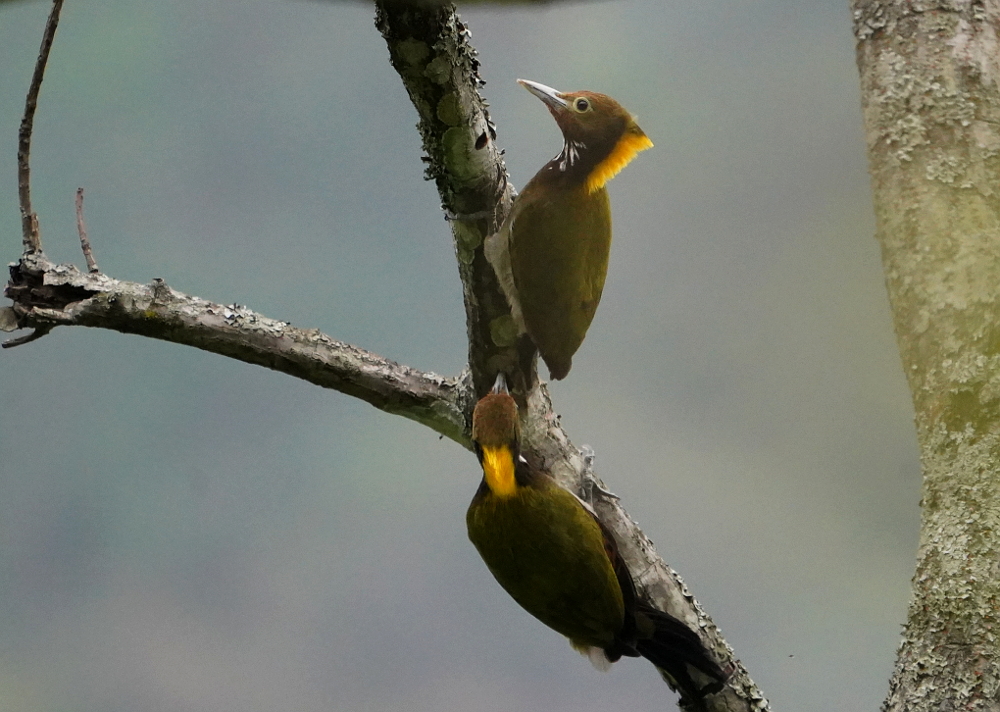
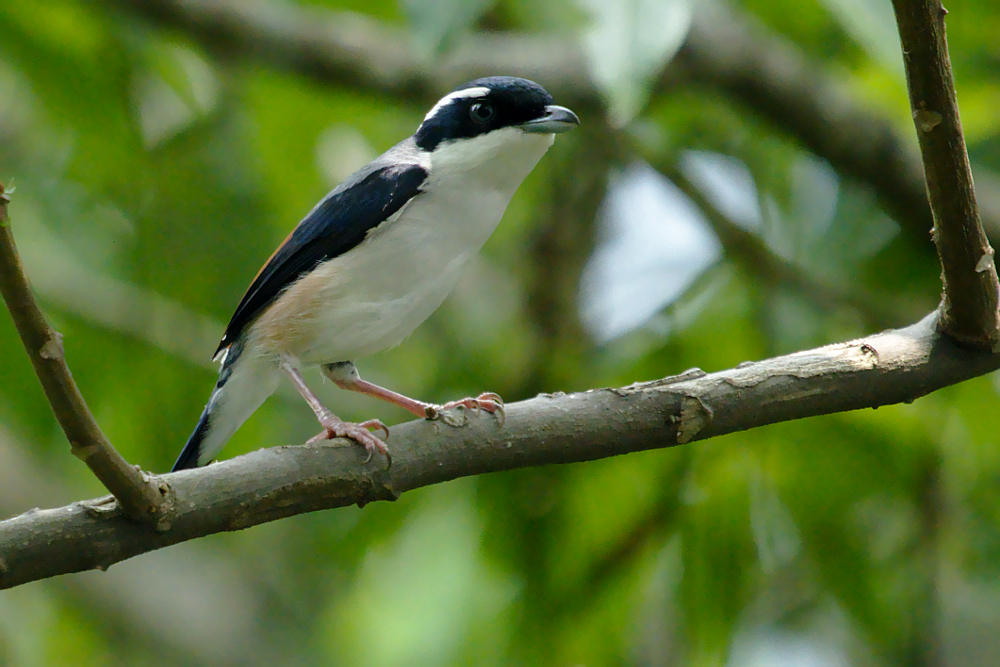
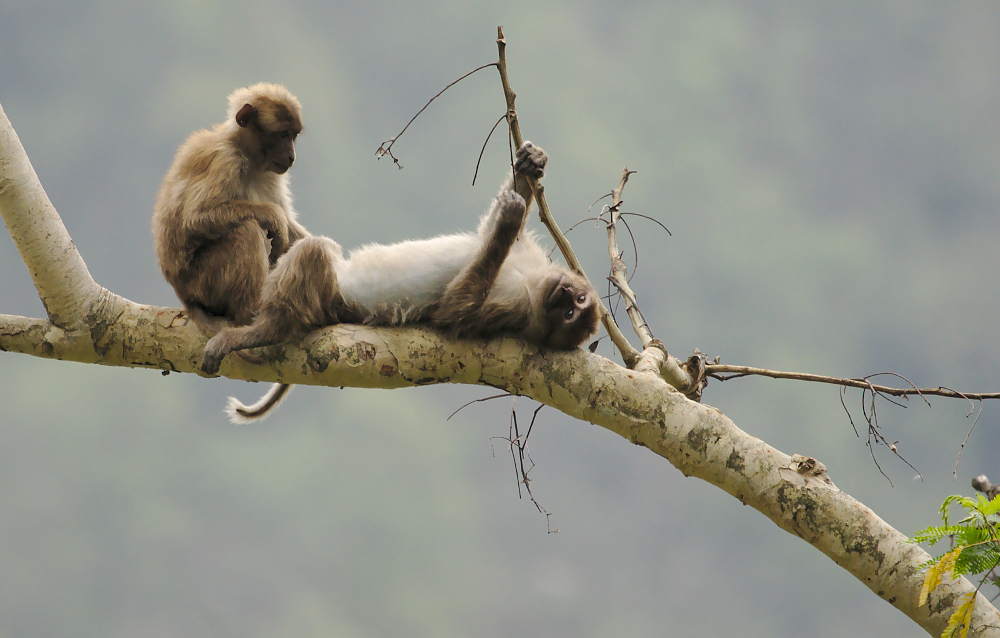
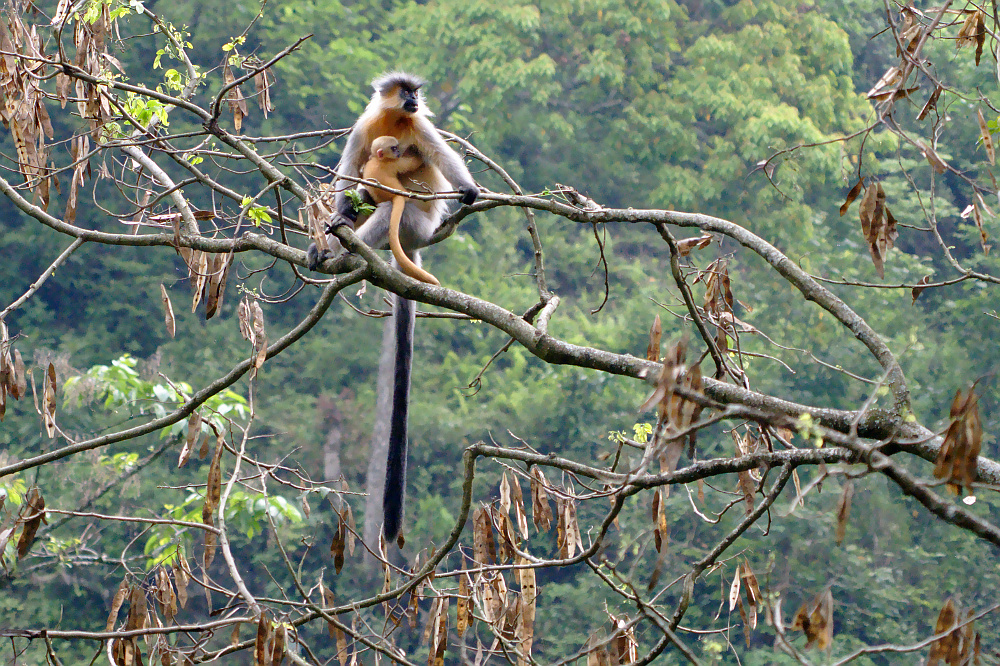

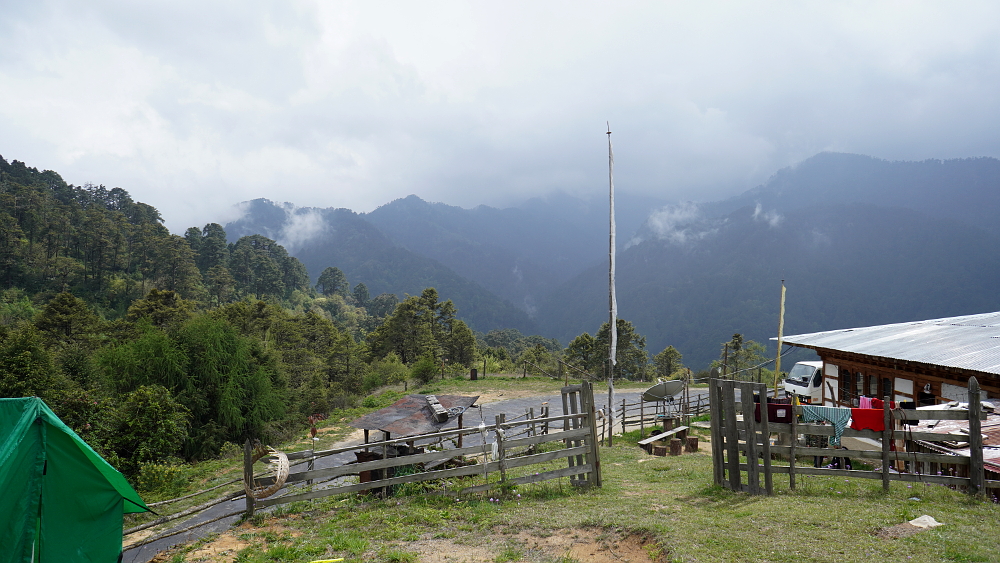
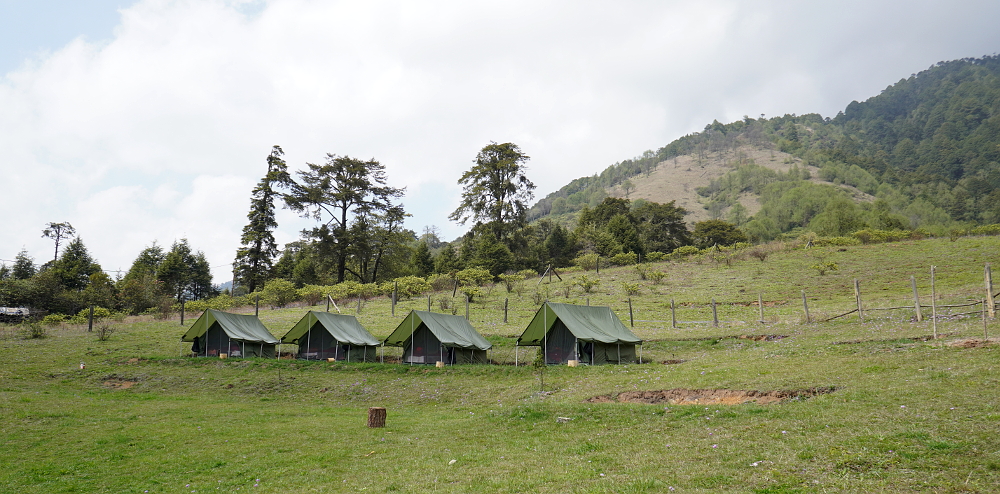
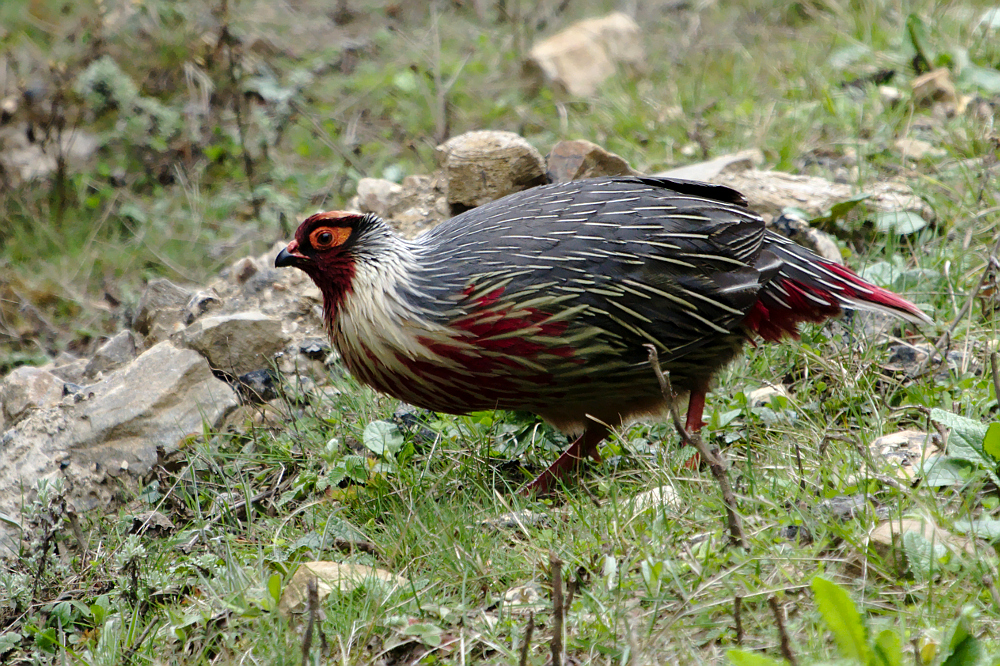
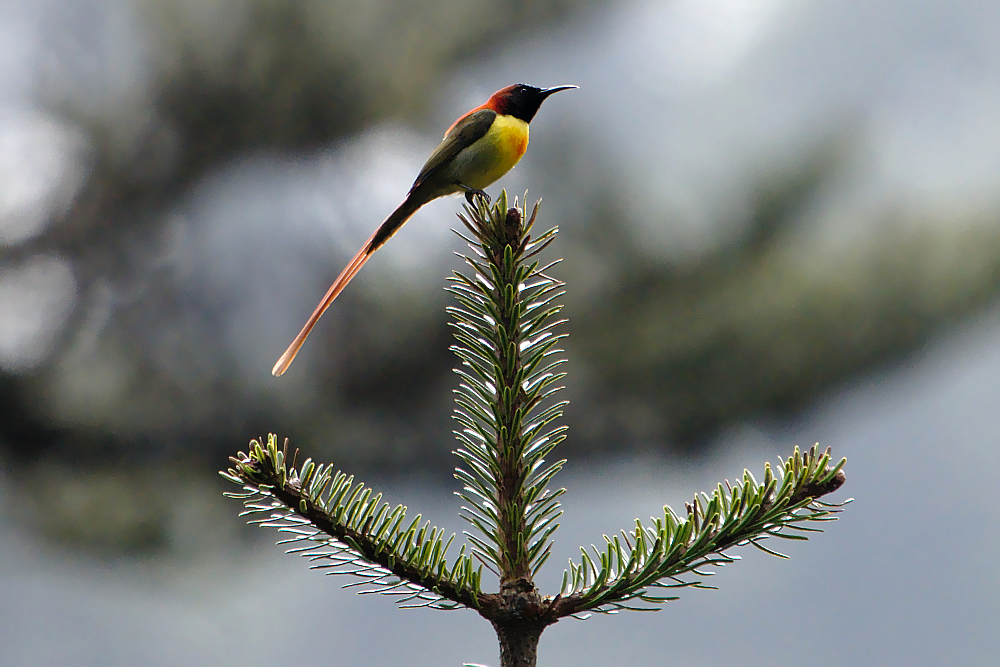

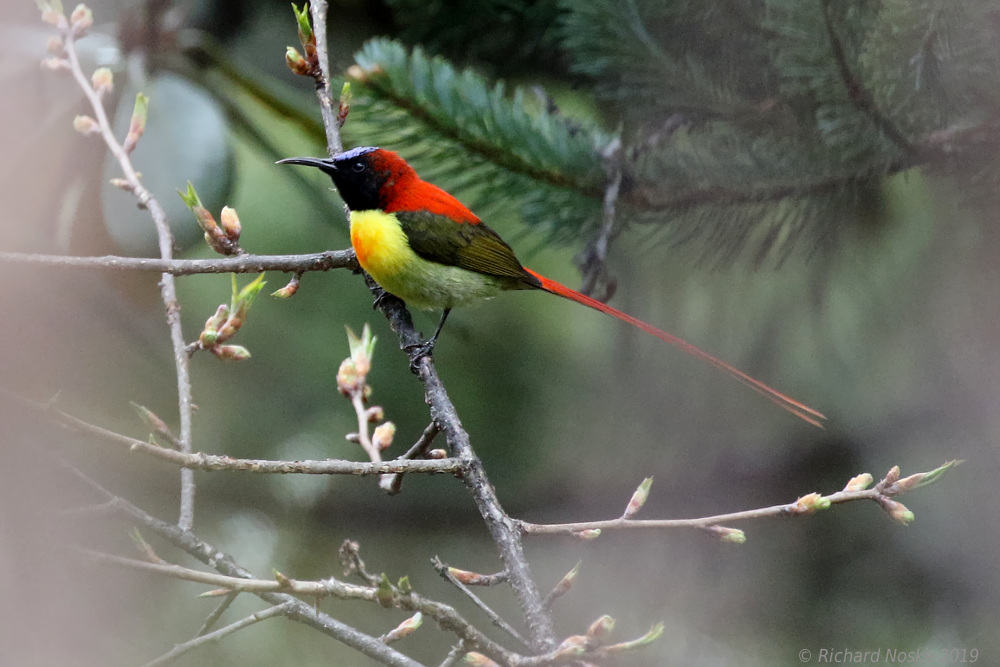
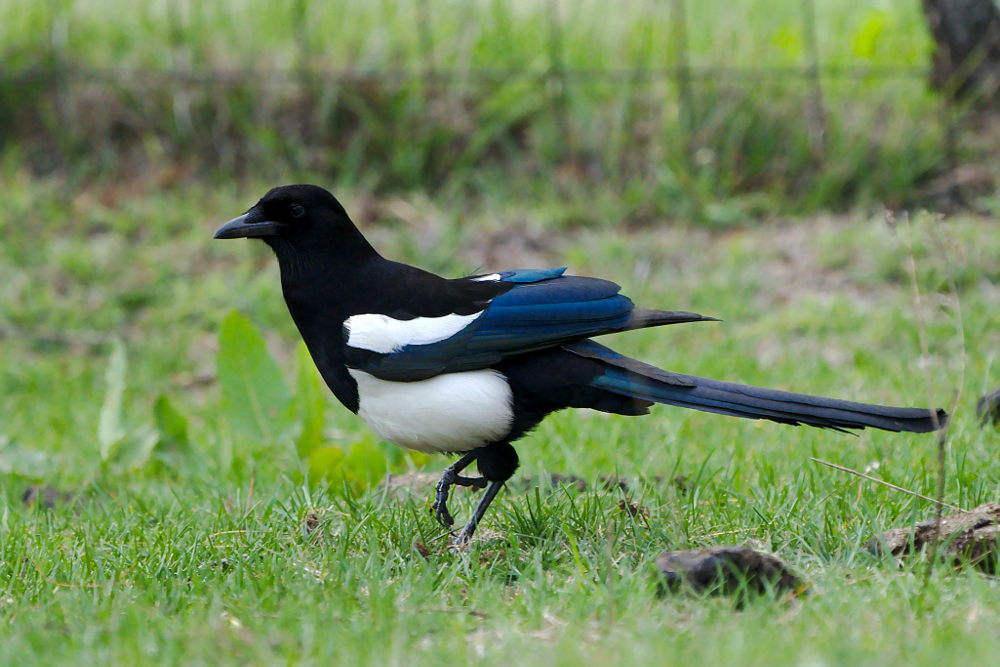
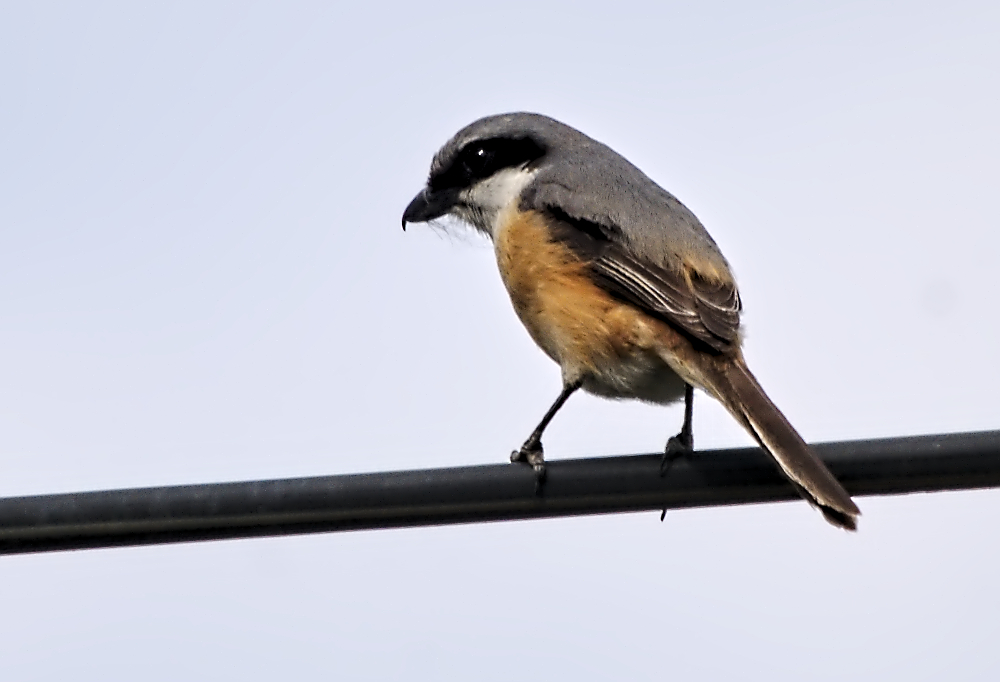
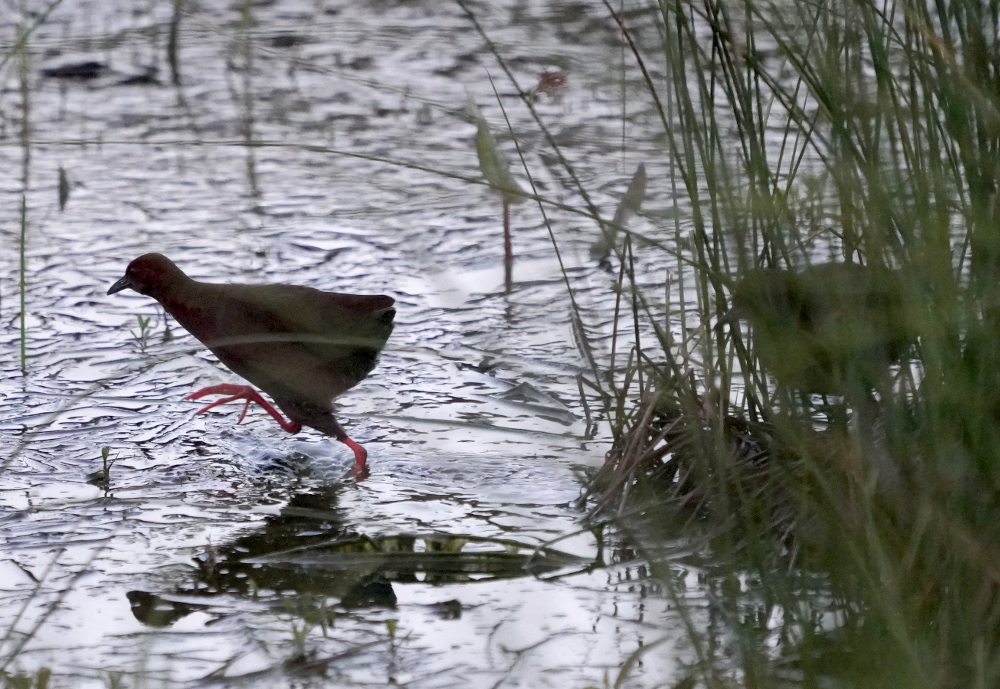
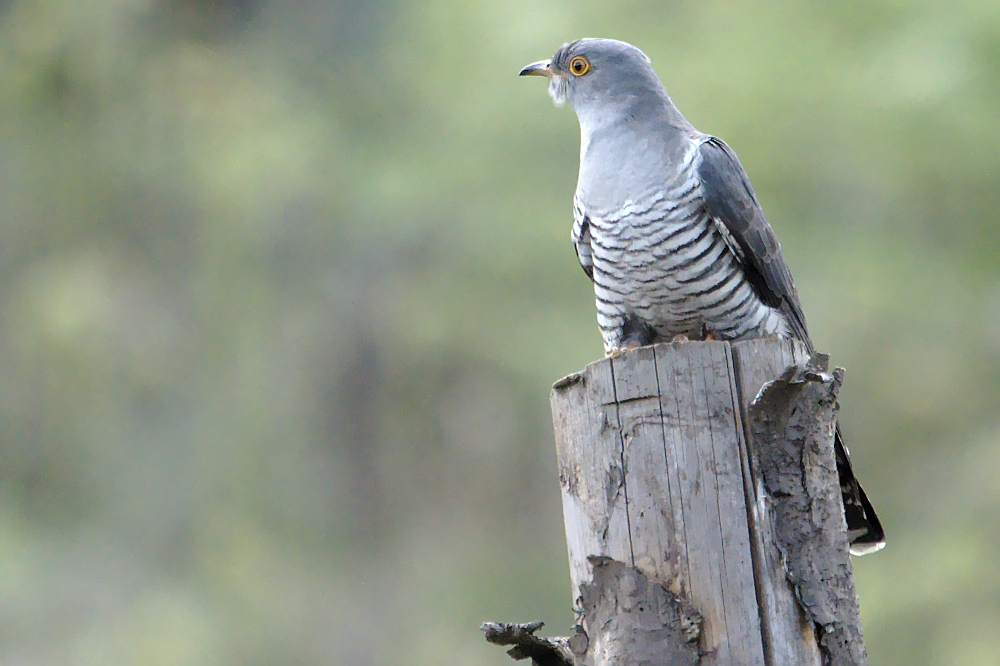
Leave a Reply to Faye Cancel reply